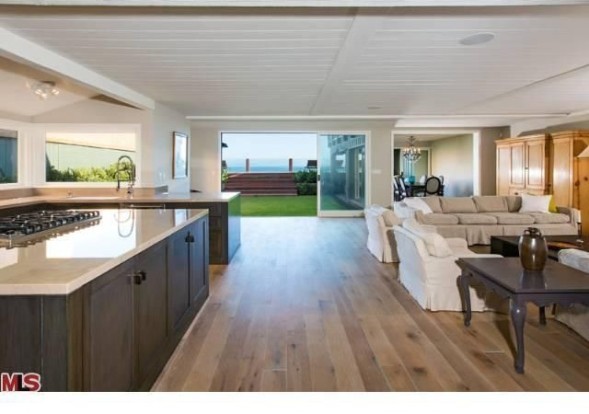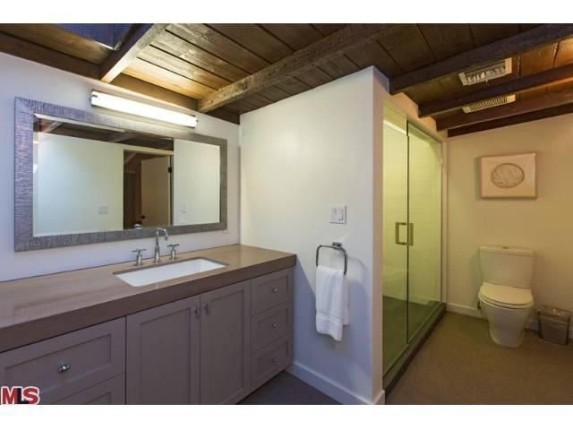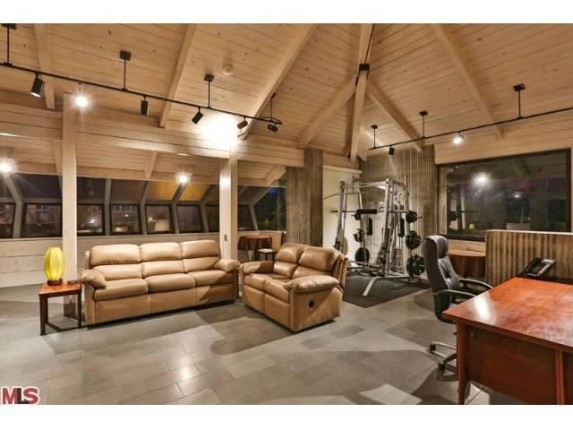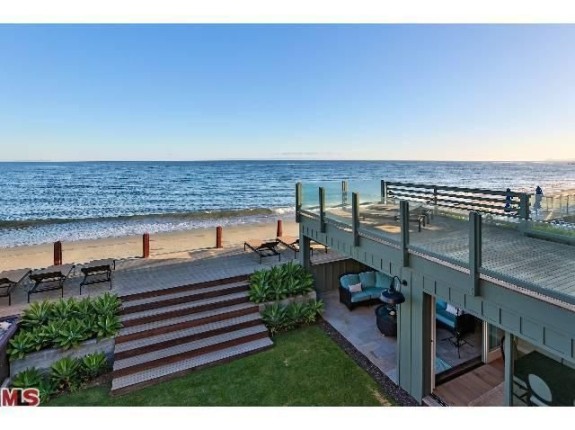It’s no coincidence that most of the great cities of the world — Paris, Barcelona, New York, even Melbourne, Australia — share a concept that makes them pedestrian friendly:
“Which is, they’re all walkable,” says urban planner Victor Dover. “We have to make streets that are great locations where people want to be.”
Miami, where downtown for so long was a danger zone closed after dark, is trying to make the leap to great city. After a decade of development, the city’s downtown neighborhoods are now teeming with residents living in towering condos, eating at ritzy restaurants and visiting iconic cultural spots.
The old historic post office has been retrofitted into an architectural hub; the popular MetroMover ferries people from one downtown spot to another, and one of the newest art museums in the world is now open and within walking distance.
So, say city leaders and shopkeepers, it’s time to make downtown’s walkways safer and friendlier for the 200,000 people who work, play and visit every day.
Commissioners have scheduled a preliminary vote for Thursday that could start the process of turning the city streets into a Downtown Pedestrian Priority Zone, an initiative that would widen sidewalks, create tree-lined canopies, reduce clutter, slow down traffic and make right turns on red lights illegal.
The plan is to make downtown Miami — one of the most dangerous neighborhoods for pedestrians in South Florida — safe, comfortable, and inviting.
“Everything is about making downtown the primo place to work and play,” said Miami Commission Chairman Marc Sarnoff, who also heads the city’s downtown development agency, and who is pushing the initiative.
Think of Lincoln Road Mall, but with cars.
The priority zone plan would require Downtown Miami to mark all crosswalks and unify the street lighting. Clear pedestrian pathways would lead to crosswalks at all intersections. Stop lights would have coordinated timers. Ramps would align with sidewalks, which would have a minimum width of six feet. Sky-high street lights would be lowered. Speed limits would go down to 25 mph.
Though boundaries for the priority zone haven’t been officially set, it’s likely to be the city’s Central Business District, which roughly runs from the Miami River to Northeast Ninth Street, and from Biscayne Bay to just west of Government Center.
“It’s definitely needed. We’re struggling. Everyone here is trying to get more business,” said Carlos Gonzalez, who watches over a Flagler Street yogurt shop called Frozen Yog. “Rents might go up, but if it’s good for business, no one can complain.”
Miami, like other major cities, has seen residents return to the urban core over the past 10 years, after decades of suburban living. Exhausted from their hour-or-more commutes, families are once again moving closer to where they work, shop, eat, and relax.
It’s a natural evolution, said Dover, who wrote extensively about it in his new book Street Design, which describes the great streets of the world.
“We were growing up on The Partridge Family and The Brady Bunch. All those television shows were unfolding in the ’burbs,” he said. “But new families have grown up on Friends and Sex and the City.What’s cool now is to be out on the street walking and riding your bike.”
Though there are few detractors to the Downtown Development Agency’s priority zone initiative, the overall effort by the city to give downtown a complete overhaul hasn't all been smooth sailing.
A plan to do away with unseemly metal shutters that protect many storefronts was met with resistance, and delayed. Though Miami commissioners voted in favor of doing away with them in Coconut Grove’s business district, commissioners scuttled the plan for downtown after shopkeepers complained of the costs of installing the hurricane-resistant windows that would replace them. Sarnoff said he plans to reintroduce a bill.
The city is also facing resistance in its effort to deal with the homeless presence that continues to persist downtown.
Miami is now involved in mediation sessions with the American Civil Liberties Union over a decades-old agreement that allows homeless people to carry out special “life-sustaining” privileges that are often at odds with retailers and residents. Miami and the ACLU reached a court-ordered settlement in the 1990s that permits activities for the homeless in public, such as sleeping, public nudity and building cooking fires in public parks.
Miami argues that changes over the past decade have been significant enough for the courts to amend the settlement. The city says the homeless population has dropped by 90 percent, there are now more than 70,000 permanent residents downtown who generate 40 percent of the city’s tax base and make up 50 percent of its workforce, and argues that the homeless should now be forced into shelters or threatened with arrest.
The ACLU counters that the even though the demographics have changed, none of that has improved the life for the 500 or so homeless who remain downtown. The case is before U.S. District Judge Federico Moreno.
Paula Lopez owns Giordano Gourmet Salads on Flagler, and is on board with the city’s plan to make the neighborhood more inviting.
Tastefully decorated, her food nook is one of the more comfortable shops along the Flagler Street strip. Lopez grew up here, and longs for the days when as a child she visited stores that anchored the neighborhood, like Burdines and J. Byrons, she says.
“We’ve got to get downtown repaired,” said Lopez, looking out her window directly at the unappealing scaffolding that has covered the Olympia Theater since she opened up three months ago. “I’d like to see downtown change a little of its façade. We need to make downtown a little more appealing.”
Read more here: http://www.miamiherald.com/2013/12/08/3801886/miami-wants-pedestrian-friendly.html#storylink=cpy
















































